LA GAZETTE N° 4
- Antiquités Rodriguez
- Mar 4, 2022
- 4 min read
Boxwood, embroidery, from perspectives to Folies (part 2)
BETWEEN REVERIE AND POWER: BETWEEN REVERIE AND POWER: THE RIDDLE OF THE SPHINX

Large terracotta sphinx with a woman's head from the late Louis XV - early Louis XVI period (between 1770 and 1776). This one presents a female torso with a plunging bodice, wearing a sleeveless dress with a bonnet known as a "domino", and a hairstyle "à l'enfant", with bulging hair crimped on the front and raised at the back by a ribbon. Both paws of the mythological creature rest on a tasselled cushion and it has a curved heart-shaped medallion around its neck, a reminder of the similar ornaments on the fabric draped across its rump.
In one of his paintings depicting the young Moses rescued from the waters (1638), Nicolas Poussin endows the traditional sphinx figure with a woman's head. In this sense, the Atticist painter, the poet of the imagined Arcadia, brings the miraculous survival of God's chosen child back to the triumph over the destruction of life, water, the personified Nile, on which the double symbolism of the sphinx in ancient statuary is based. A mythological animal with the body of a lion and a human head, once emblematic of hieroglyphic writing but still feared even in its chimerical existence, the sphinx can thus appear both as the insidious spirit that denies everything (cf. Oedipus) and as a tutelary, protective and vigilant figure in its enigmatic power.
The sphinx we are discussing here takes on a representative meaning of the evolution of the meaning attributed to it in statuary art from the 17th century onwards: At first ambivalent, capable of arousing fear and strangeness, she becomes reassuring and kind, always draped in a mysterious silence from which she does not relinquish herself in order to stand inflexible guard in front of noble residences, or at the edge of a park: her power is transfigured in stone, she represents the eternal sovereign, despot and fatherly.
This sculpture is in fact at the confluence of a political manifesto and an aesthetic discourse: among the first known sculptures of sphinxes in France, dating from the end of the 17th century, some of them, four in number, seem to bear the features of several of King Louis XIV's favourites (1). Wearing their hair in the style of Fontange - one of the last and short-lived mistresses of the monarch - they display the grace and restraint of the favour they have obtained while lying on their bosoms. In the same way, our sculpture crystallises a skilful synthesis of a certain elegance of interpersonal relations - and of the entre-soi, whose place of choice in the 18th century is eloquent: the parks, notably royal and princely. If the most famous 18th century sphinxes that have survived to this day are those enthroned at the top of the grand staircase in the park of the Château de Ménars (Loir-et-Cher), representing the Marquise de Pompadour, (2) it is because the latter, not content with having reigned over the influence of the decorative arts at court under Louis XV, breathed a timeless life into her own model of favourite philosopher and protector of the Enlightenment through a number of artistic creations - in stone.
What then is the identity of this sphinx with the mysterious ribbon tied around its neck? The heart-shaped medallion is probably a reliquary of love and, containing some ardent memory, could evoke another of Louis XV's chosen ones, the Countess du Barry, whose last years she shared until 1774 (3). Although some of the sphinges' sculptures have similarities between them, none of them offers a complete set of identical characteristics. (4)
Hence the exclusive dimension of the sculpture in question: the delicacy of the quarter-turned head, uncommon before 1770, the skilful elaboration of the historiated hairstyle, the haughty movement with which the impenetrable and smiling figure seems to be moved, all contribute to a natural majesty that befits the art of Western gardens from the Renaissance, and in this case from the 18th century. The last question, however, is its destination and original location. A riddle, just as the strangeness of its charm remains, in a mute supernatural, whole. (5)
RELATED WORK :

1. Four white marble sphinxes with women's heads; presumed portraits of Louis XIV's mistresses; they are represented lying down, their bodies partly covered by a drapery decorated with tassels and held on the chest by a ribbon knot. Beginning of the 18th century. (H. 80 - L. 100 - W. 40 cm); Provenance: Castle in Brittany, Castle of Royauont then Castle of Chantilly. Sale on May 8, 1901 at Drouot.

2. Pair of sphinges known as "Pompadour", Ménars Park and Castle (Loir-et-Cher).

3. A pair of terracotta sphinxes with a child, mid 18th century. (H. 75 - W. 90 - D. 45 cm)
Provenance: Sotheby's sale December 2008.

4. A pair of Sèvres bisque sphinges representing the Countess du Barry,
circa 1780 (W.10 - D.16 - H.14 cm).

5. Sphinges du Parc de Chiswick House, Burlington Lane, West London, vers 1730.
Photographie : Derry Moore.
DETAILS :
BIBLIOGRAPHY :
LELOIR, M., Dictionnaire du costume et de ses accessoires, des armes et des étoffes des origines à nos jours de Paris, SPADEM et Librairie Gründ, 1992, p. 97.
Madame de Pompadour et les arts, catalogue d’exposition, sous la dir. de Xavier Salmon, Versailles, Musée national des châteaux de Versailles et de Trianon, 14 février - 19 mai 2002, Paris, RMN, 2002.
FURCY-RAYNAUD, « Inventaire des sculptures exécutées au XVIIIe siècle par la direction des bâtiments du roi », Archives de l’art français, tome XIV, Paris, 1927.
PIERRE ROSENBERG, Poussin, les Tableaux du Louvre, Paris, SOMOGY Editions d'art, 2015.
Antiquités Rodriguez Décoration
Artistic Director: Roxane Rodriguez
Coordinator: Déborah Lalaudière
Photography: Matt Stark




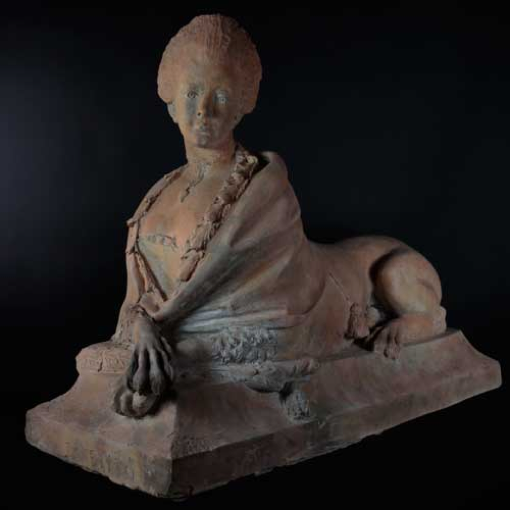



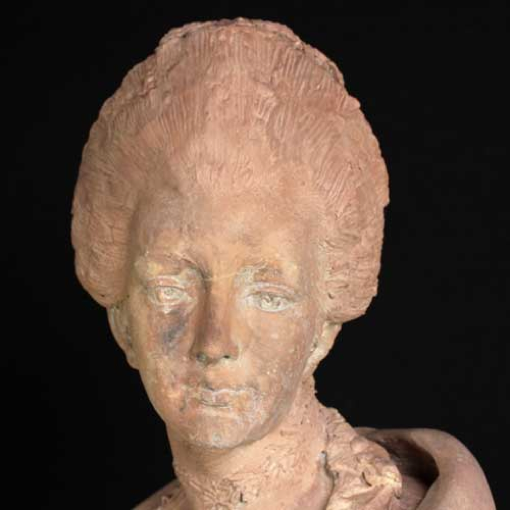

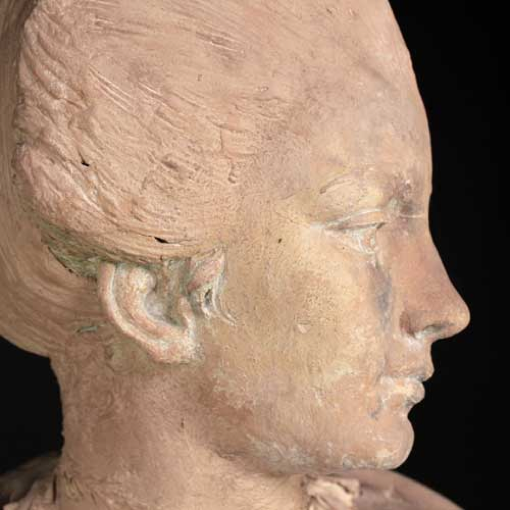

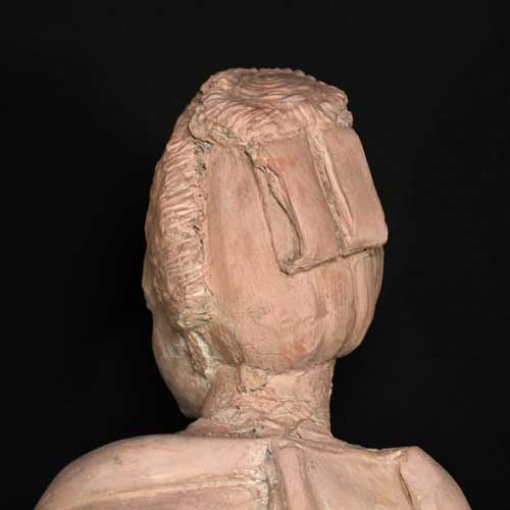

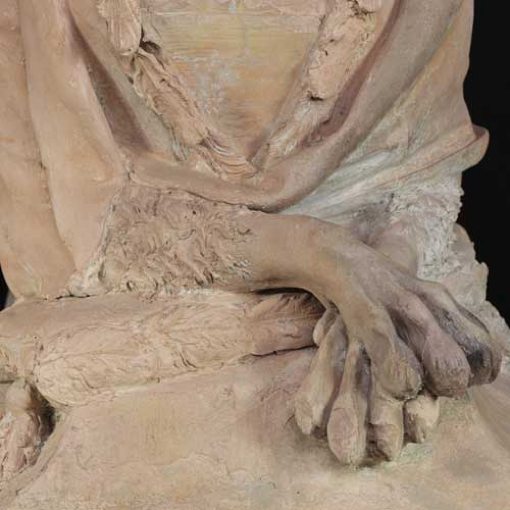

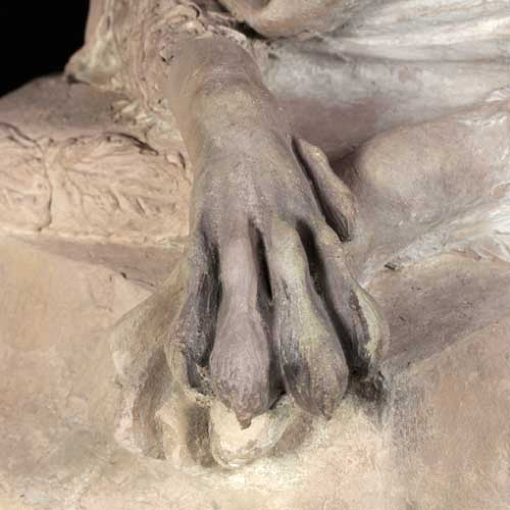

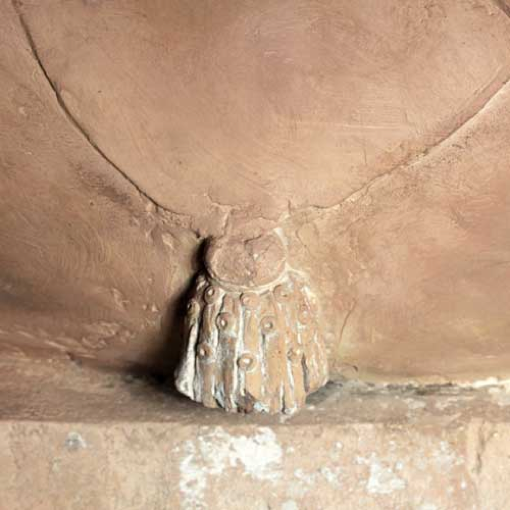



Comments